If you missed my previous post, Part 1 of Everything You Need to Know to Backpack Haleakala National Park, I strongly recommend you go back and read that prior to starting this one. It’ll help you organize your trip and lay a general plan for how the hike will go. Once that first (and possibly most important) step has been taken, you can move on to the fun part–and that is thinking about what to pack and what to actually expect during the hike!
This post should serve as a guide for filling your pack with everything needed to have a smooth hike. Packing is one of the most challenging parts of backpacking because weather, situations, and trail conditions are so very unpredictable!
In this post, I’ll provide recommendations based on firsthand experience in Haleakala National Park. I’m only going to touch on items specific to Haleakala and not all of the things you should pack. For general packing tips for hiking, check out my comprehensive video How to Pack for a Backpacking Trip.
CLOTHING:
With the elevation, it tends to get quite cold at night and early mornings in the crater. If you decide to stay in the cabins (more about these later) they have wood-burning stoves (wood provided there) that can be used for heat on especially cold nights. We decided that was too much hassle and instead brought along long johns and sweatshirts for layering clothing. Even without the stove, we actually ended up being pretty warm in the cabin with the door closed and the heat from cooking dinner enclosed.
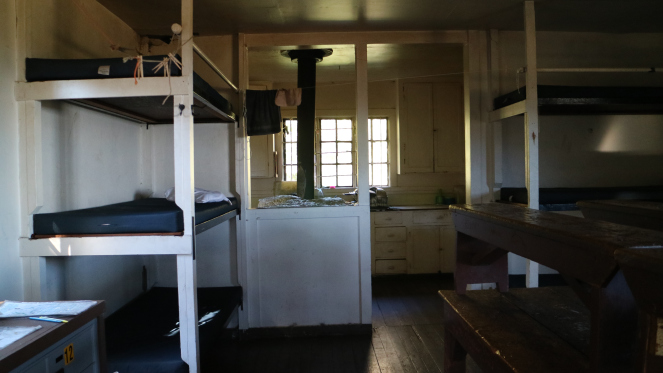
It’s also chilly when leaving camp in the morning to hike for the day and before the sun has a chance to warm up the landscape. We didn’t end up using the gloves or hats we brought because it didn’t get that cold, but I’d recommend bringing them just in case.
Definitely also bring a rain fly for your pack because it tends to mist a lot there (we never experienced any full-on rain), especially when hiking through the clouds, and you’ll want your pack to stay dry.
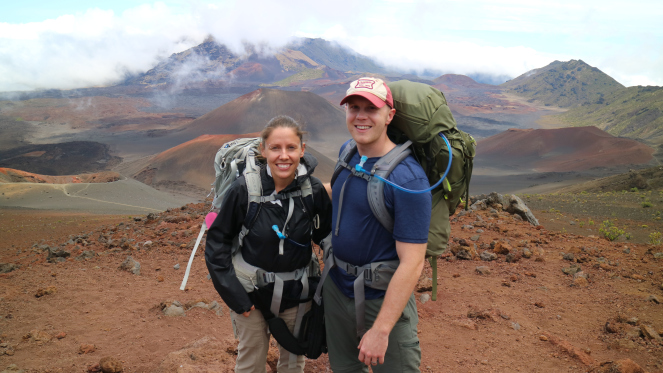
SHOES:
For us, regular running shoes worked great for this trip. I do think using hiking boots with ankle support would be beneficial because a good portion of the trail consists of rocky lava fields that would be easier trekked over with sturdier footwear.
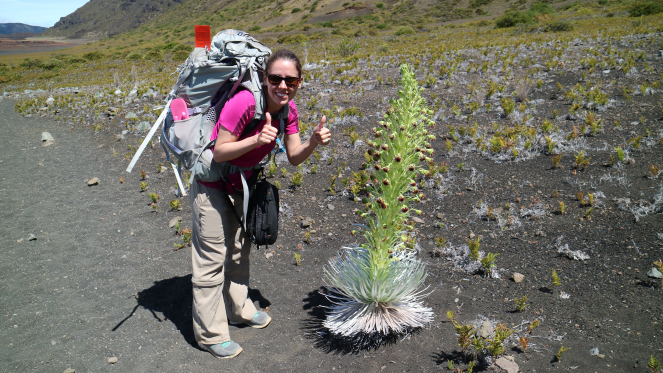
I’d strongly recommend against wearing Keen sandals or any other type of open-toed shoes for this hike, even if only going out for a day hike. Sections of the trail are sandy and pebbly and having sediment constantly getting in your shoe and under your feet would be an extreme hindrance and annoyance on the hike.
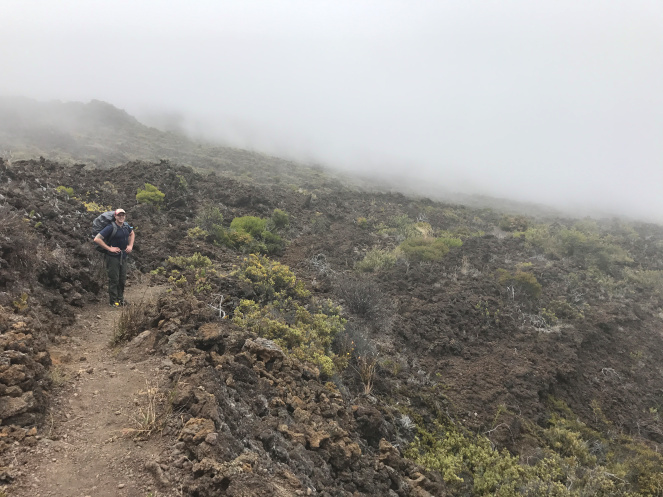
OTHER MISCELLANEOUS ITEMS:
Maybe I’m a wimp (scratch that, I really am), but I was really grateful to have a “nightlight” of sorts in the cabins there. Being so secluded, there is absolutely no light and at night it would be pitch black without the moon. Luckily, someone had left a bag of tea light candles and a pie tin in the cabin and I used those to ease my nerves at night. Be sure to put them on something to avoid a fire hazard, but for the amount of times I woke up throughout the night, I was happy to have a small source of light to see by. I don’t think the candles are always available, so if you’re like me, bring a few of those and a pie tin to keep the boogey man away!
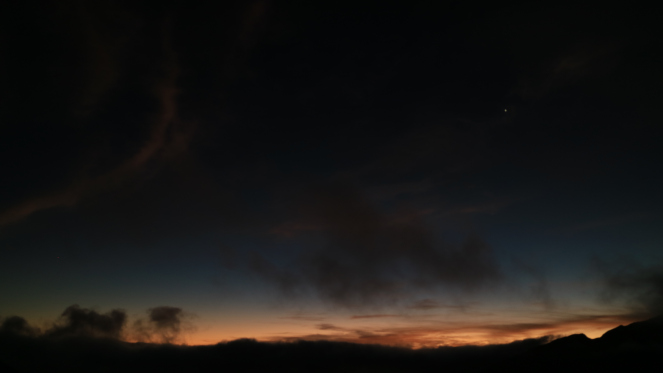
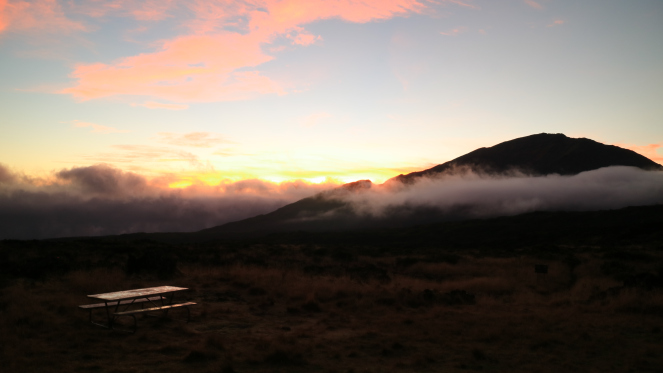
Also, we arrived at the cabin by midday both days and had the remainder of the evening to entertain ourselves. Be sure to bring a game or reading material because other than that, you’ll be hard pressed to find something to occupy your mind once you’ve finished snapping photos of the area. There was a deck of cards in one of the cabins we stayed at and we ended up using peanuts as poker chips, but even that got boring after a while.
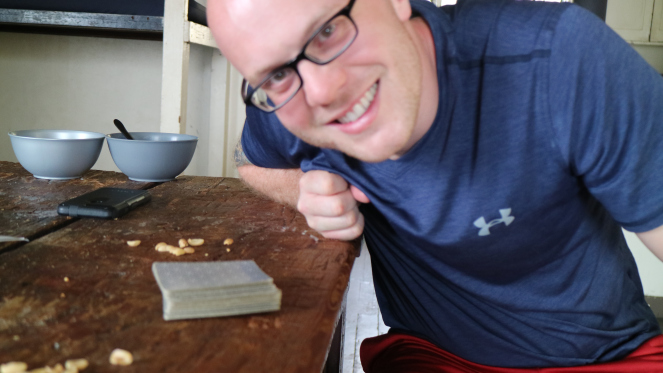
As far as hydration goes, based on our experience and all of the reviews I’ve read of other hikers who have done this trip, there is really only ONE way to go and that is to get a Platypus 3 liter water bladder to put in your pack. This will last you the entire day and will be an absolute lifesaver. Unlike many backpacking destinations, there are no rivers, lakes or shade here, so staying hydrated is extremely important. Inside and right outside the cabins, there is running water (and it seemed plentiful while we were there) but I know that if there has recently been a drought the water can be scarce and you may have an issue getting what you need. I’d strongly recommend not relying fully on that water and making sure you pack in as much as possible. Check with the rangers at the visitor center prior to departing to see if they know if there is water available at that time.
Nevertheless, the Platypus Big Zip 3L Reservoir has literally been a lifesaver not only on this hiking trip, but on many trips I’ve taken in the past. The hose makes it so you don’t need to stop and unpack your bag and get a drink and I’d honestly say this purchase has been one of the best investments I’ve made for all of my travels in general. Check it out here (click the photo to see price and more details!):
The other thing to consider is how you’re going to cook. We had originally planned to bring our little camp stove but then found out that the fuel for them is not allowed on airplanes either in carry-on or checked luggage. So unless you have time (and don’t mind taking a few hours out of your sightseeing time) to try and find a backpacking store in Hawaii before your hike to get some fuel, I’d recommend against bringing your own stove. Simply bring some jerky and protein-rich snacks if you’re tent camping.
If you’re staying in the cabins, that problem is eliminated because there are actually gas stoves and utensils you can use for cooking! If you’re tent camping and definitely want to cook a meal or two, maybe you’ll get lucky and whoever’s staying in the nearby cabin will let you use their stove for a few minutes–you can make some trail friends while you’re at it (other than just the curious nēnēs!).
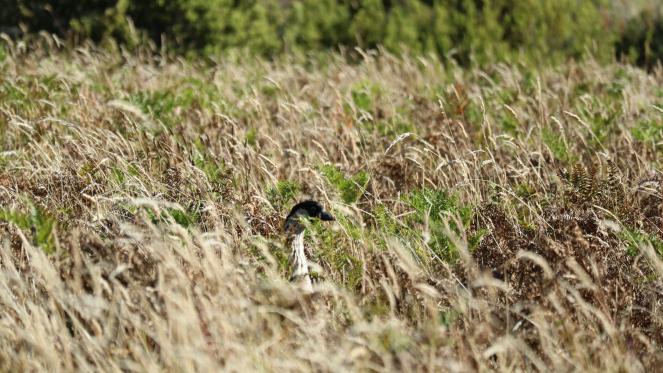
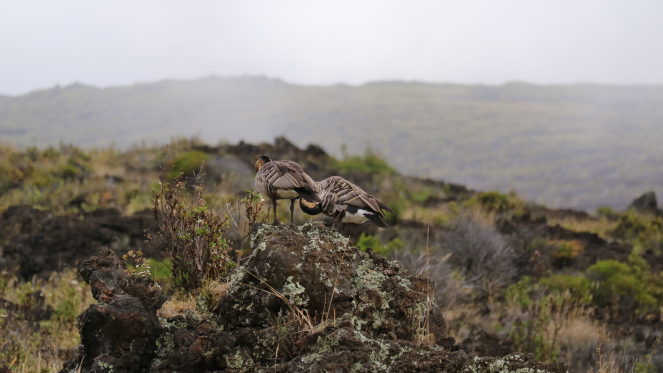
Honestly, the stove is one of the main upsides to staying in the cabins over tent camping–that, and if you plan to travel around Hawaii for some time after your backpacking trip, you may not want to be lugging a tent around with you for the rest of your vacation. If you have a group of 12 or less people, I’d definitely split the cost of a cabin because the price would be very reasonable the more people you have. The cabins are $75 per night regardless of how many people stay in them. So if you have two people going (like we did), you pay $75 and get the cabin to yourselves.
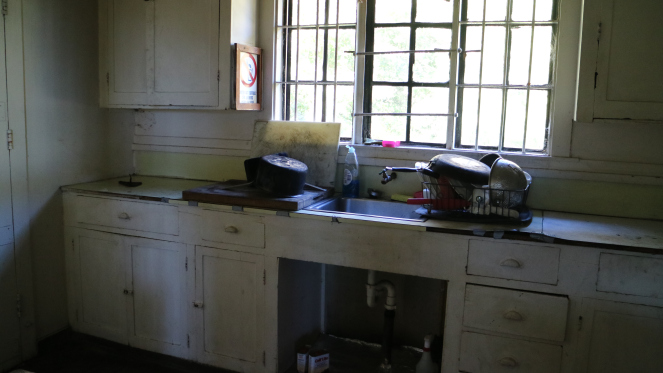
If you only have one or two people and don’t mind eating snacks and non-hot meals for a few days, I’d say tent camping would be perfectly fine. If you do decide that a cabin is best for you, keep in mind that they get booked almost immediately after they become available, so reserve as soon as you possibly can. They’re available to book five months in advance of your travel dates.
If you’re staying in the cabins, after paying the $25 vehicle entrance fee, you’ll need to get a free cabin permit at the visitor’s center before starting your hike. Leave time for that as well as for watching the leave no trace video on the decrepit laptop in the Park Headquarters Visitor Center. Seriously, leave time for this–the computer kept freezing and shutting down in the middle of the video and the ranger wouldn’t simply tell us what was on the rest of the video, he’d only reboot the ancient computer again and try to make us start back from the beginning.
And the last tip I want to share (and possibly one of the most important ones) is to do your research! Read up on Haleakala itself, how it formed, what it’s made of, and the history of it. It will enrich your experience because you’ll actually know what you’re looking at and understand your experience. Don’t be like me–standing in the middle of a moonscape wondering, with no access to internet. We ended up going Google-crazy when we got done with our hike trying to understand what exactly it was that we saw. We really wished we had done a bit more educating ourselves prior to embarking on the trek.
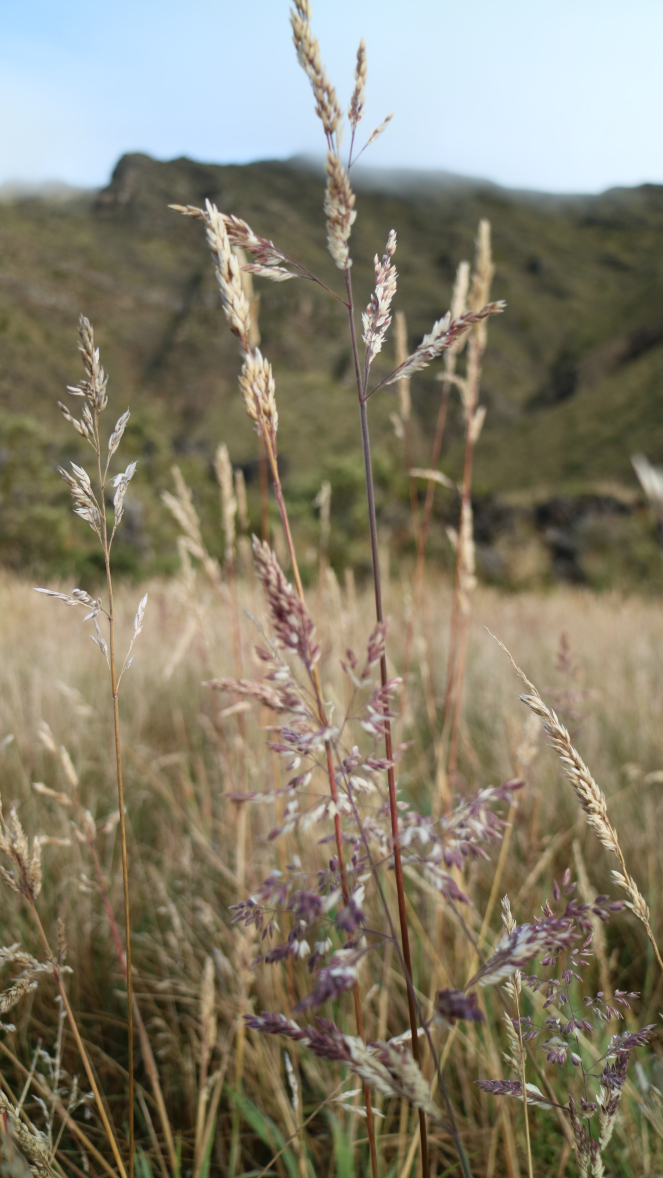
Despite not knowing at the time how the crater was formed (embarrassingly enough), it was still one of the most beautiful places I’ve seen in my life and also one of the most rewarding hikes I’ve been on. Hiking through what looked like purple wheat and up a mountain to Halemau’u Trailhead at the end of the three day adventure was strenuous, yet unlike anything I’d ever seen before. It was like hiking through the mist and clouds and into a different world reminiscent of a scene from Jurassic Park.
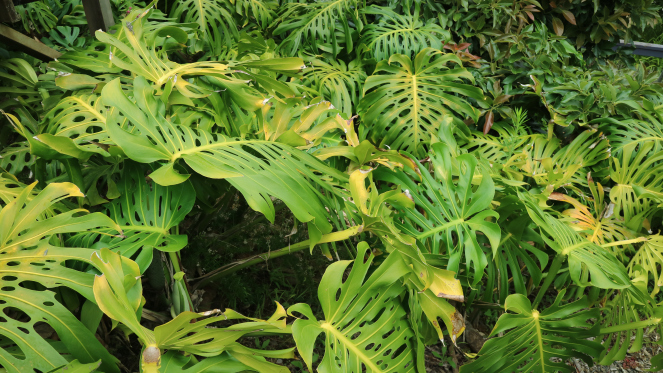
The most memorable experience, though, of my entire two week trip to Hawaii took place right outside Paliku Cabin in the middle of the night. I woke up and thought I’d take a look outside to see if any stars were visible and boy, was my breath taken away. I’d never seen anything like it. Billions of stars in every direction, stretching to each horizon. You could see galaxies, milky trails of stars and space streaming across the sky. I thought it only existed in movies. Of course, it was impossible to get a picture, let alone a good one, but the sight will forever be ingrained in my memory. For that reason alone, staying the night in the crater needs to be on every last person in the world’s bucket list.
Hawaii Dreamin’,
CAITLYN WITHOUT A COMPASS
PS-If you have any questions at all about hiking in Haleakala or packing that I didn’t touch on, I’d love for you to leave it in the comments!




Leave a Reply